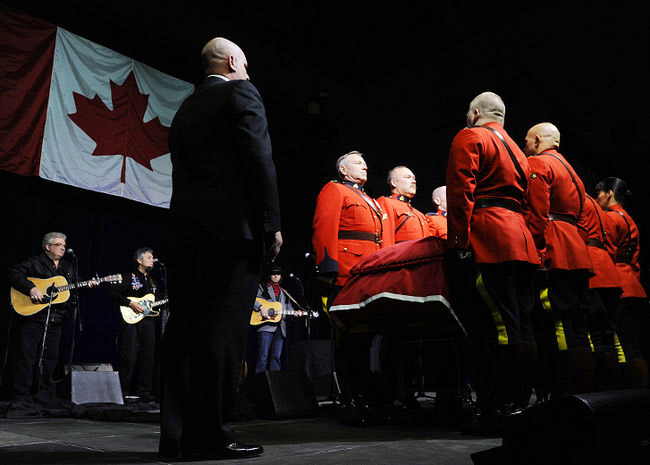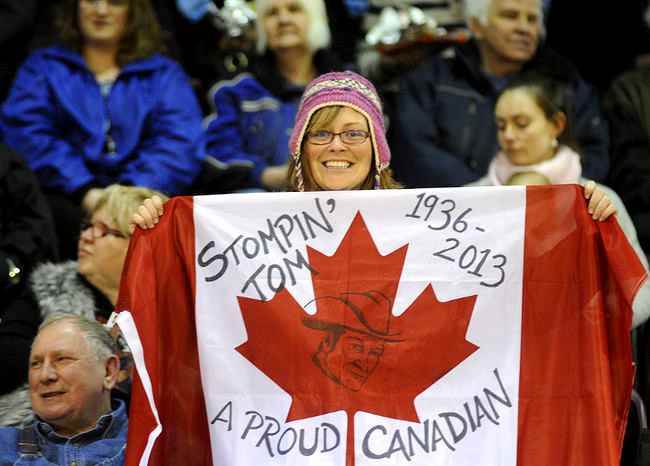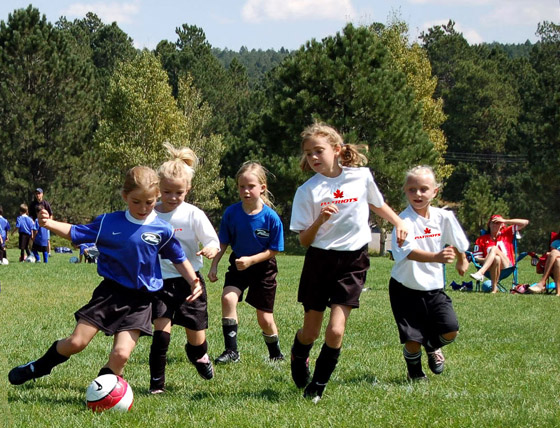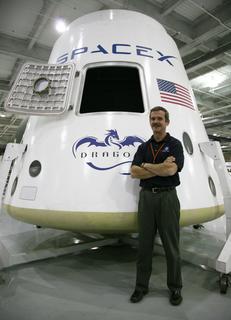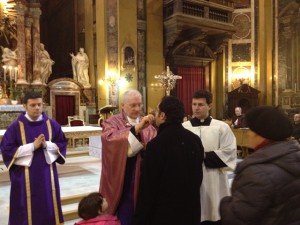Archaeological studies and genetic analyses have indicated a human presence in the northern Yukon region from 24,500 BC, and in southern Ontario from 7500 BC. The Paleo-Indian archaeological sites at Old Crow Flats and Bluefish Caves are two of the oldest sites of human habitation in Canada. The characteristics of Canadian Aboriginal societies included permanent settlements, agriculture, complex societal hierarchies, and trading networks. Some of these cultures had collapsed by the time European explorers arrived in the late 15th and early 16th centuries, and have only been discovered through archaeological investigations. The aboriginal population is estimated to have been between 200,000 and two million in the late 15th century.
First Nations had settled across Canada by 50000 – 10000 BC. Hundreds of tribes had developed, each with its own culture, customs, legends, and character. In the northwest were the Athapaskan speaking peoples, Slavey, Tli Cho, Tutchone speaking peoples and Tlingit. Along the Pacific coast were the Haida, Salish, Kwakiutl, Nuu-chah-nulth, Nisga’a and Gitxsan. In the plains were the Blackfoot, Kainai, Sarcee and Northern Peigan. In the northern woodlands were the Cree and Chipewyan. Around the Great Lakes were the Anishinaabe, Algonquin, Iroquois and Wyandot. Along the Atlantic coast were the Beothuk, Maliseet, Innu, Abenaki and Mi’kmaq / Micmac.
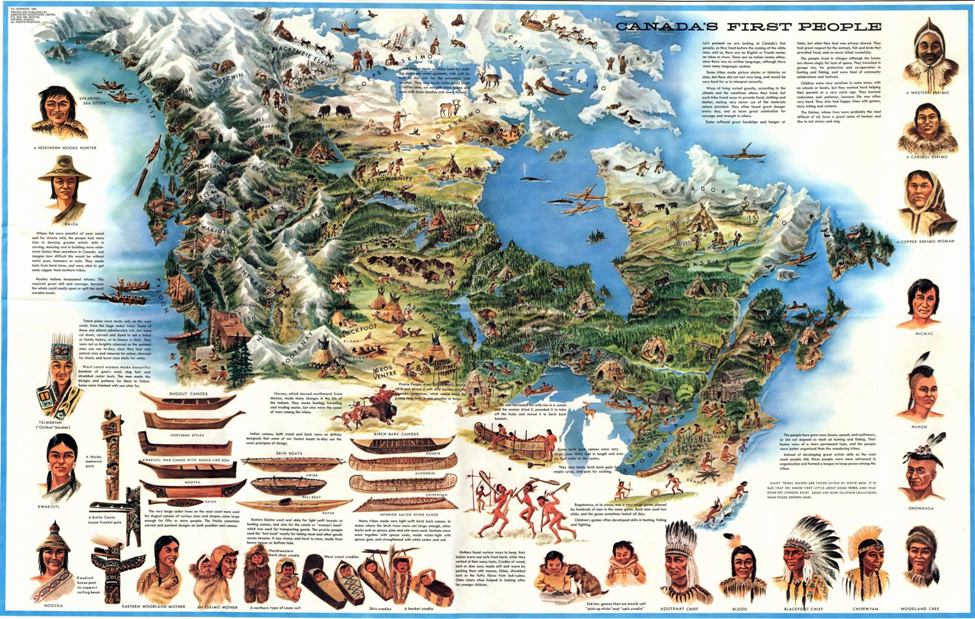
The Blackfoot Indians – also known as the Blackfeet Indians – reside in the Great Plains of Montana and the Canadian provinces of Alberta and Saskatchewan. The name ‘Blackfoot’ came from the colour of the peoples’ leather footwear, known as moccasins. They had dyed or painted the bottoms of their moccasins black, but one story claimed that the Blackfoot Indians walked through the ashes of prairie fires, which in turn coloured the bottoms of their moccasins black. They had not originally come from the Great Plains of the Midwest North America, but rather from the upper Northeastern area. The Blackfoot started as woodland Indians but as they made their way over to the Plains, they adapted to new ways of life and became accustomed to the land. They learned the new lands that they travelled to very well and established themselves as Plains Indians in the late 18th century, earning themselves the name “The Lords of the Plains.”
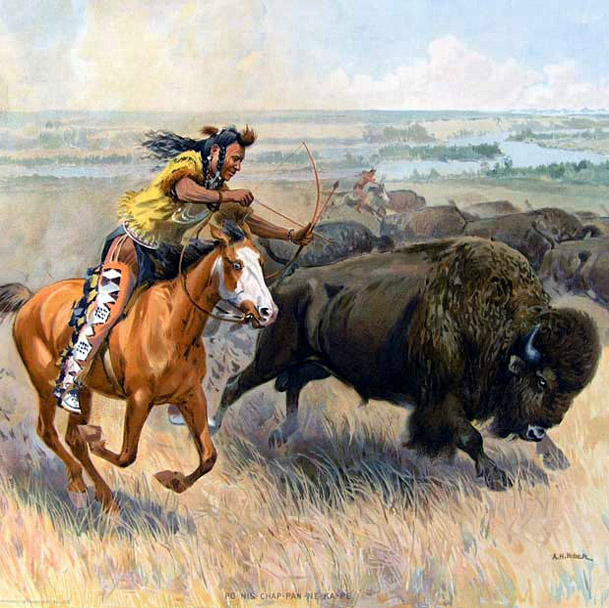
The Squamish history is a series of past events, both passed on through oral tradition and recent history, of the Squamish indigenous peoples of the Pacific Northwest Coast. Prior to colonization, they recorded their history through oral tradition as a way to transmit stories, law, and knowledge across generations. The writing system established in the 1970s used the Latin alphabet as a base. It was a respectable responsibility of knowledgeable elders to pass historical knowledge to the next generation. People lived and prospered for thousands of years until the Great Flood. In another story, after the Flood, they would repopulate from the villages of Schenks and Chekwelp, located at Gibsons. When the water lines receded, the first Squamish came to be. The first man, named Tsekánchten, built his longhouse in the village, and later on another man named Xelálten, appeared on his longhouse roof and sent by the Creator, or in the Squamish language keke7nex siyam. He called this man his brother. It was from these two men that the population began to rise and the Squamish spread back through their territory.
The Iroquois influence extended from northern New York into what are now southern Ontario and the Montreal area of modern Quebec. The Iroquois Confederacy is, from oral tradition, formed circa 1142. Adept at the Three Sisters (maize/beans/squash), the Iroquois were able to spread at the expense of the Algonquians until they too adopted agricultural practises enabling larger populations to be sustained.
The Assiniboine were close allies and trading partners of the Cree, engaging in wars against the Gros Ventres alongside them, and later fighting the Blackfeet. A Plains people, they went no further north than the North Saskatchewan River and purchased a great deal of European trade goods through Cree middlemen from the Hudson’s Bay Company. The life style of this group was semi-nomadic, and they would follow the herds of bison during the warmer months. They traded with European traders, and worked with the Mandan, Hidatsa, and Arikara tribes, and that factor is attached to their life style.
In the earliest oral history, the Algonquins were from the Atlantic coast. Together with other Anicinàpek, they arrived at the “First Stopping Place” near Montreal. While the other Anicinàpe peoples continued their journey up the St. Lawrence River, the Algonquins settled along the Kitcisìpi (Ottawa River), an important highway for commerce, cultural exchange, and transportation from time immemorial. A distinct Algonquin identity, though, was not realized until after the dividing of the Anicinàpek at the “Third Stopping Place”, estimated at about 2,000 years ago near present day Detroit.
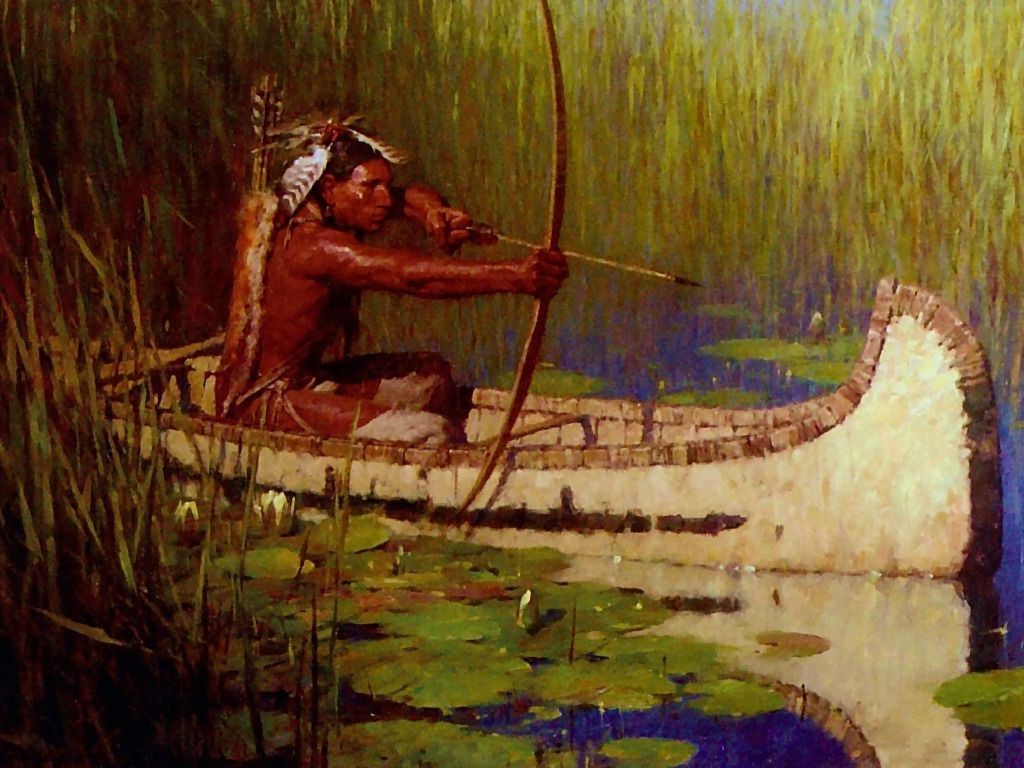
According to their tradition, and from recordings in wiigwaasabak (birch bark scrolls), Ojibwe came from the eastern areas of North America, or Turtle Island, and from along the east coast. They traded widely across the continent for thousands of years and knew of the canoe routes west and a land route to the west coast. According to the oral history, seven great miigis (radiant/iridescent) beings appeared to the peoples in the Waabanakiing to teach the peoples of the mide way of life. One of the seven great miigis beings was too spiritually powerful and killed the peoples in the Waabanakiing when the people were in its presence. The six great miigis beings remained to teach while the one returned into the ocean. The six great miigis beings then established doodem (clans) for the peoples in the east. Of these doodem, the five original Anishinaabe doodem were the Wawaazisii (Bullhead), Baswenaazhi (Echo-maker, i.e., Crane), Aan’aawenh (Pintail Duck), Nooke (Tender, i.e., Bear) and Moozoonsii (Little Moose), then these six miigis beings returned into the ocean as well. If the seventh miigis being stayed, it would have established the Thunderbird doodem.
The Nuu-chah-nulth are one of the Indigenous peoples of the Pacific Northwest Coast. The term ‘Nuu-chah-nulth’ is used to describe fifteen separate but related First Nations, such as the Tla-o-qui-aht First Nations, Ehattesaht First Nation and Hesquiaht First Nation whose traditional home is in the Pacific Northwest on the west coast of Vancouver Island. In pre-contact and early post-contact times, the number of nations was much greater, but smallpox and other consequences of contact resulted in the disappearance of groups, and the absorption of others into neighbouring groups. The Nuu-chah-nulth are relations of the Kwakwaka’wakw, the Haisla, and the Ditidaht. The Nuu-chah-nulth language is part of the Wakashan language group.
Source: Wikipedia
